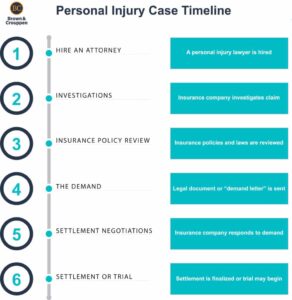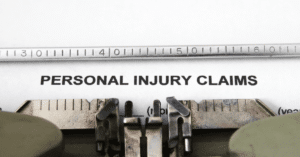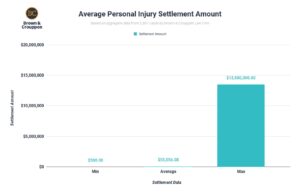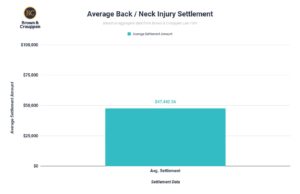What Types of Damages Are Subject to Damage Caps in Kansas?
The following damages are subject to damage caps in the state of Kansas:
- Non-economic damages in wrongful death cases
- Punitive damages in any case
- All damages in cases against governmental entities, municipalities, and governmental employees
All of these are discussed in more detail below.
Non-Economic Damage Caps for Personal Injury Claims in Kansas
Non-economic damages are meant to compensate the injured person for consequences of an injury that cannot be measured in dollars, such as pain, suffering, mental anguish, anxiety, loss of enjoyment of life, etc.
As of June 14, 2019, there is no cap on noneconomic damages for personal injury claims in Kansas.
In 2019, the Supreme Court of Kansas heard the case of Hilburn v. Enerpipe Ltd., where a woman was rear-ended by a semi-truck. The jury awarded her $33,490.86 to compensate her for her medical bills and $301,509.14 for non-economic damages (her pain and suffering). In 2019, the cap on non-economic damages was capped at $250,000, meaning even though the jury believed her pain and suffering was worth much more, the court reduced her award to $250,000. Hilburn appealed to the Kansas Supreme Court, who then ruled that the non-economic damages cap was unconstitutional because it violated Hilburn’s right to trial by jury, which included the determination of her damages to be decided by a jury.
However, Hilburn’s holding did not affect the cap on wrongful death damages in Kansas.


Were you injured in an accident due to someone else’s negligence? Get legal help from the most effective injury law firm in the Midwest.
Non-Economic Damages for Wrongful Death Claims in Kansas
A wrongful death claim under Kansas law is the death of a person caused by the wrongful act or omission of another. Any of the decedent’s heirs-at-law (spouse, child, parents, and/or siblings) who have suffered a loss as a result of that death can bring a wrongful death lawsuit for the losses they personally suffered as a result of their loved one’s death, and/or they can bring a wrongful death lawsuit in any situation where the deceased could have brought a personal injury lawsuit had they survived.
As stated above, although Hilburn’s holding struck down the cap on non-economic damages for personal injury claims in Kansas, there is still a cap on non-economic damages for wrongful death claims. Pursuant to Kansas Law K.S.A. 60-1903, the cap on non-economic damages for wrongful death claims in Kansas is $250,000. As mentioned above, non-economic damages are meant to compensate for losses that cannot be measured in dollars. In wrongful death cases, common examples of non-economic damages are mental anguish, bereavement, loss of companionship, care, support, and guidance, etc. However, this cap does not apply to monetary losses such as funeral expenses, the value of wages the deceased would have earned had they survived, medical bills relating to the injury which caused the deceased’s death, the value of household services the deceased usually performed, etc.
Punitive Damage Caps in Kansas
Punitive damages are meant to punish the wrongdoer for engaging in particularly egregious conduct such as deliberately disregarding the safety of others. The rationale behind punitive damages is to dissuade the wrongdoer from engaging in that behavior ever again and to deter others from engaging in the same conduct. To accomplish this goal, punitive damages must be an amount great enough to actually penalize the wrongdoer.
This is why the cap on punitive damages depends on the financial status of the defendant (the wrongdoer). Pursuant to Kansas law K.S.A. 60-3702, the cap on punitive damages in Kansas is the lesser of these two amounts:
- The highest annual gross income earned by the defendant in the past five years or if the court determines that amount will not adequately punish the defendant, then the court may award up to 50% of the net worth of the defendant, OR
- $5 million
Damage Caps on Government Claims in Kansas
The Kansas Tort Claims Act states that governmental entities, including municipalities, shall be liable for damages caused by the negligent or wrongful act or omission of any of its employees while acting within the scope of their employment. For example, an injury resulting from a defect on public property the government was responsible for repairing/maintaining would fall under the Kansas Tort Claims Act.
Pursuant to the Kansas Tort Claims Act (K.S.A. 75-6105), the cap on damages arising from the torts of governmental entities and/or their employees is $500,000.







